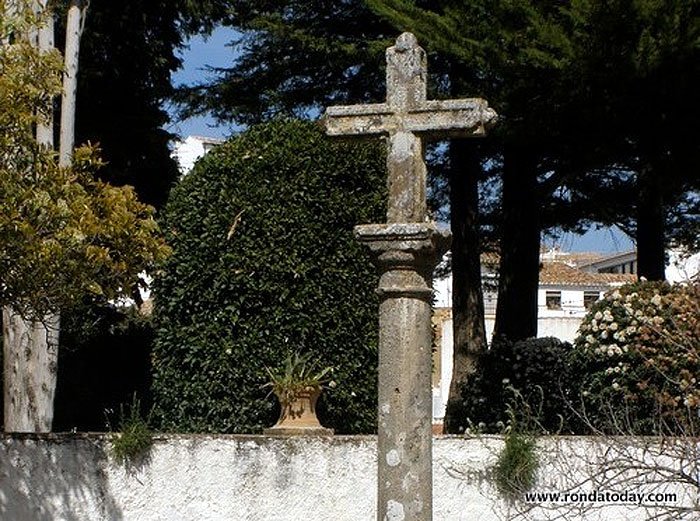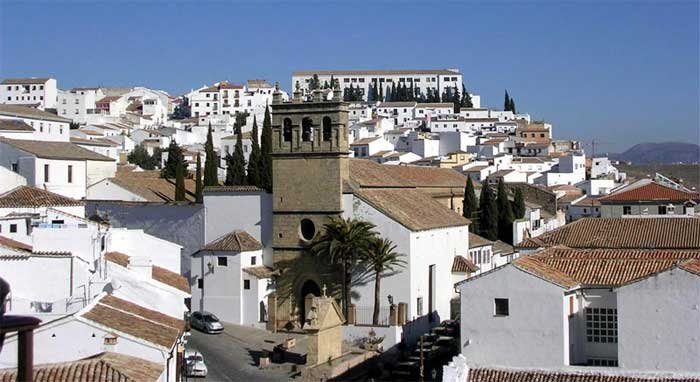Despite its formidable appearance, the Holy Spirit Church is actually one of Ronda’s most noteworthy religious sites. What makes it particularly unique is that it’s integrated into the original fortified walls of the old city, and was even constructed on the foundations of a former octagonal tower once used by the Moors to defend the gate and walls in this part of Ronda. As a result, the church’s structure has a rich history and tells a fascinating story of the city’s past.
I’ve been living in this lovely area of Western Andalucia for the last 20 years or so and dedicate most of my time to the running of English language tourist information websites for the towns of Cádiz, Ronda, Grazalema, the famous or infamous Caminito del Rey, and also Wildside Holidays, which promotes sustainable and eco-friendly businesses running wildlife and walking holidays in Spain. My articles contain affiliate links that will help you reserve a hotel, bus, train or activity in the area. You don’t pay more, but by using them you do support this website. Thankyou!



